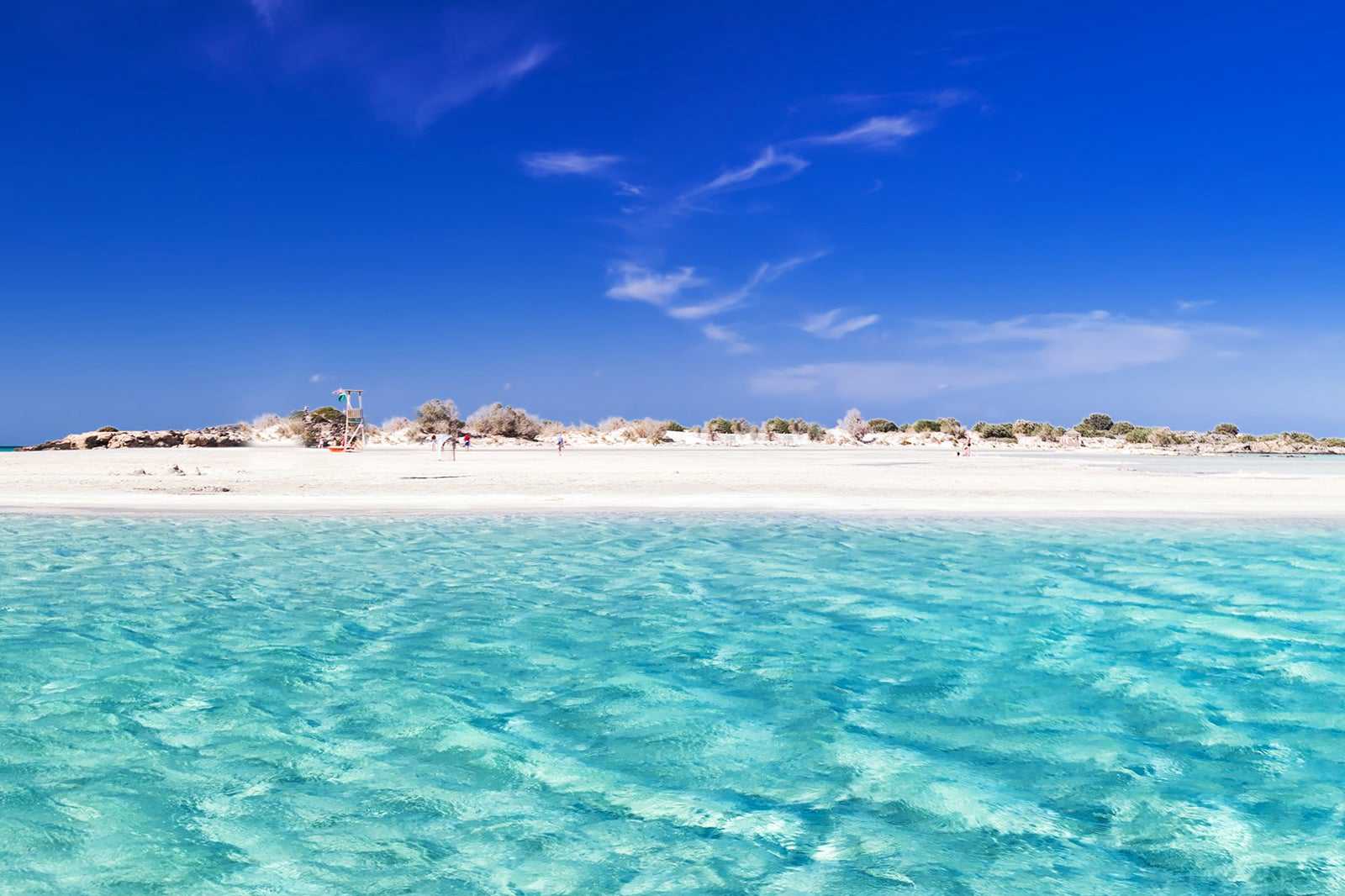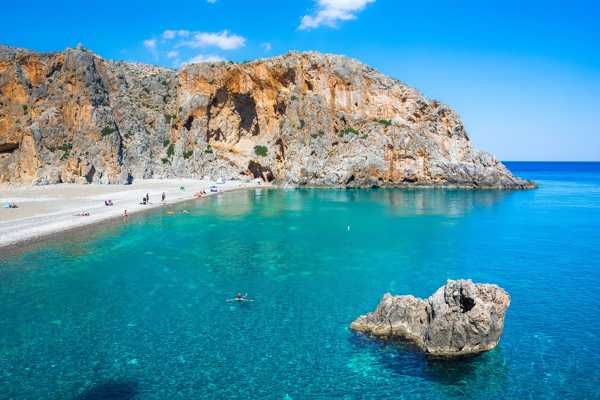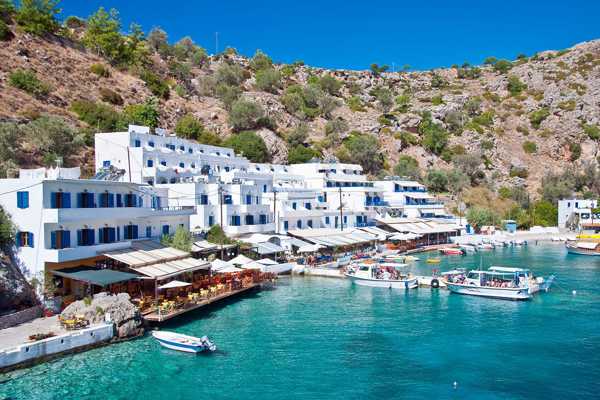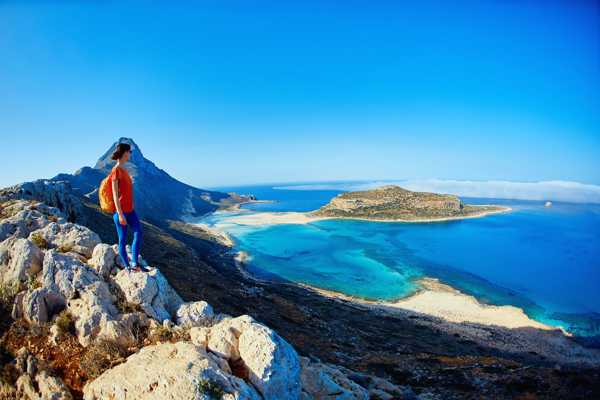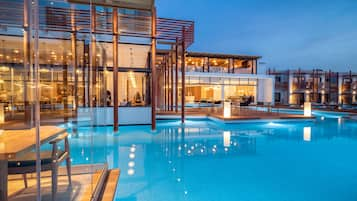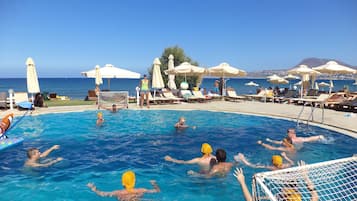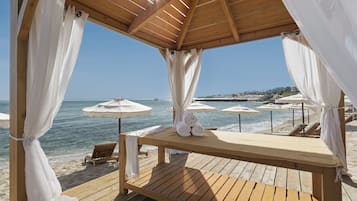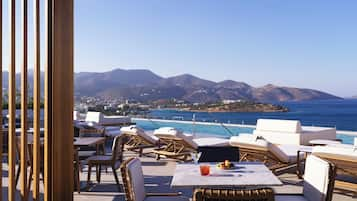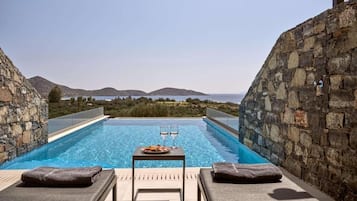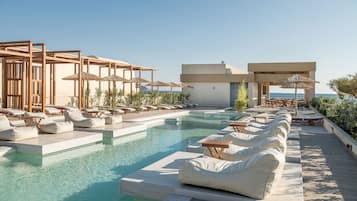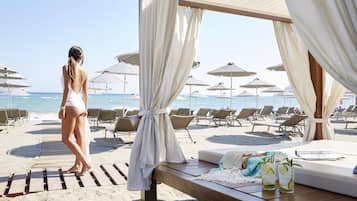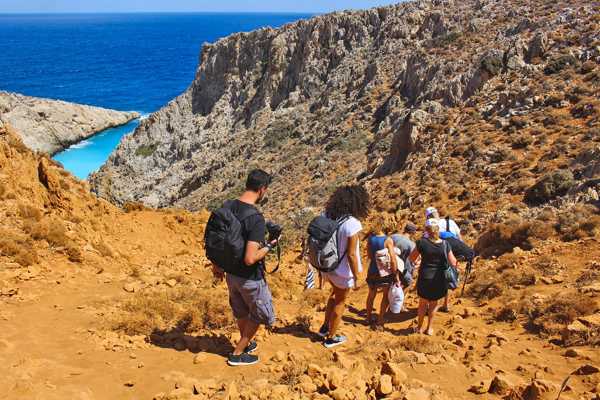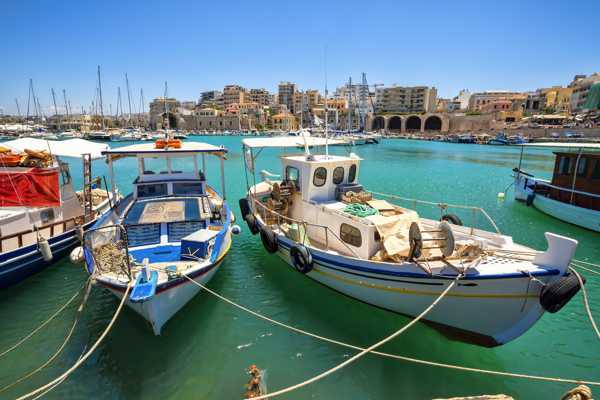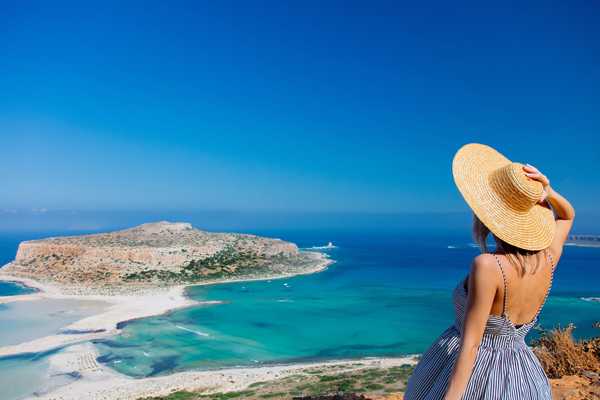The beautiful islands around Crete each have their own remarkable story to tell, most of which include being home to a lovely beach or two. While most are now uninhabited, except for a few of the bigger ones, they were once home to Bronze Age towns, pirates, fortresses and even leper colonies.
Getting to and from Crete’s many tiny islands can be a little challenging. The main ones have regular ferry services, but you may need to charter a boat for some of the smaller ones and, in some cases, paddle your own sea kayak there. However, with striking landscapes and fascinating histories on show, it's worth the effort.
- 1
Gavdos
A chilled-out romantic paradise
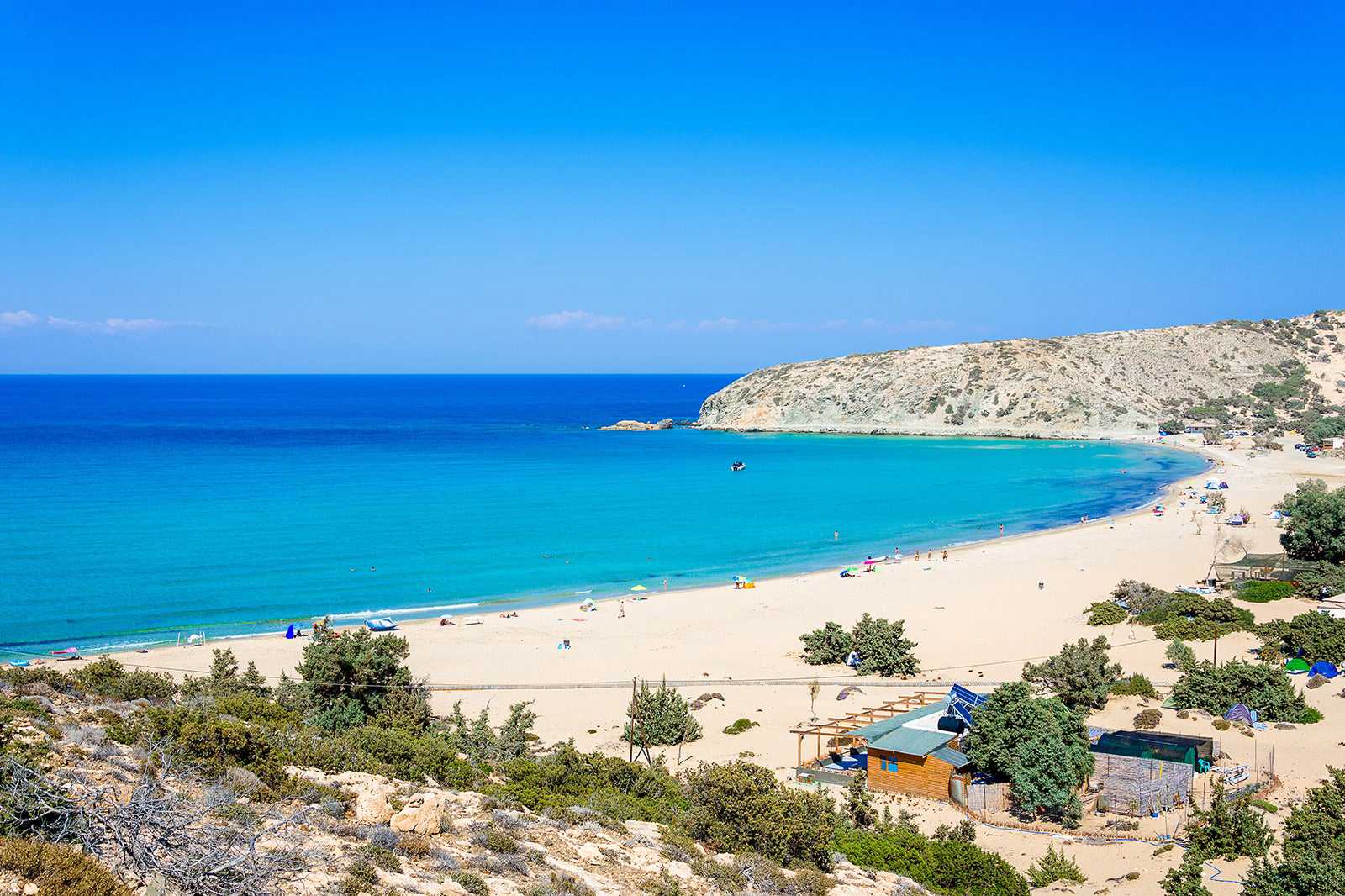
- Cặp đôi
- Lịch sử
- Ảnh
Gavdos has a surprising amount of history and remarkable features for such a small island. Not only does it have the honour of being the southernmost point in Europe (with an oversized concrete chair set up on Cape Tripiti, from which you can look out towards Africa), but it also plays an important role in Homer’s Odyssey – it’s thought to be the site of Ogygia, where Kalypso kept Odysseus prisoner. It’s not a bad place to be detained for 7 years!
Whether or not you believe the tales, the island has one of the most beautiful beaches in Europe in Agios Ioannis (St. John), as well as stunning sunsets, a few good restaurants and some bars. It's got a distinctly hippie vibe and is a great spot for romantic couples.
Bản đồ - 2
Chrissi
Spend a day away from it all
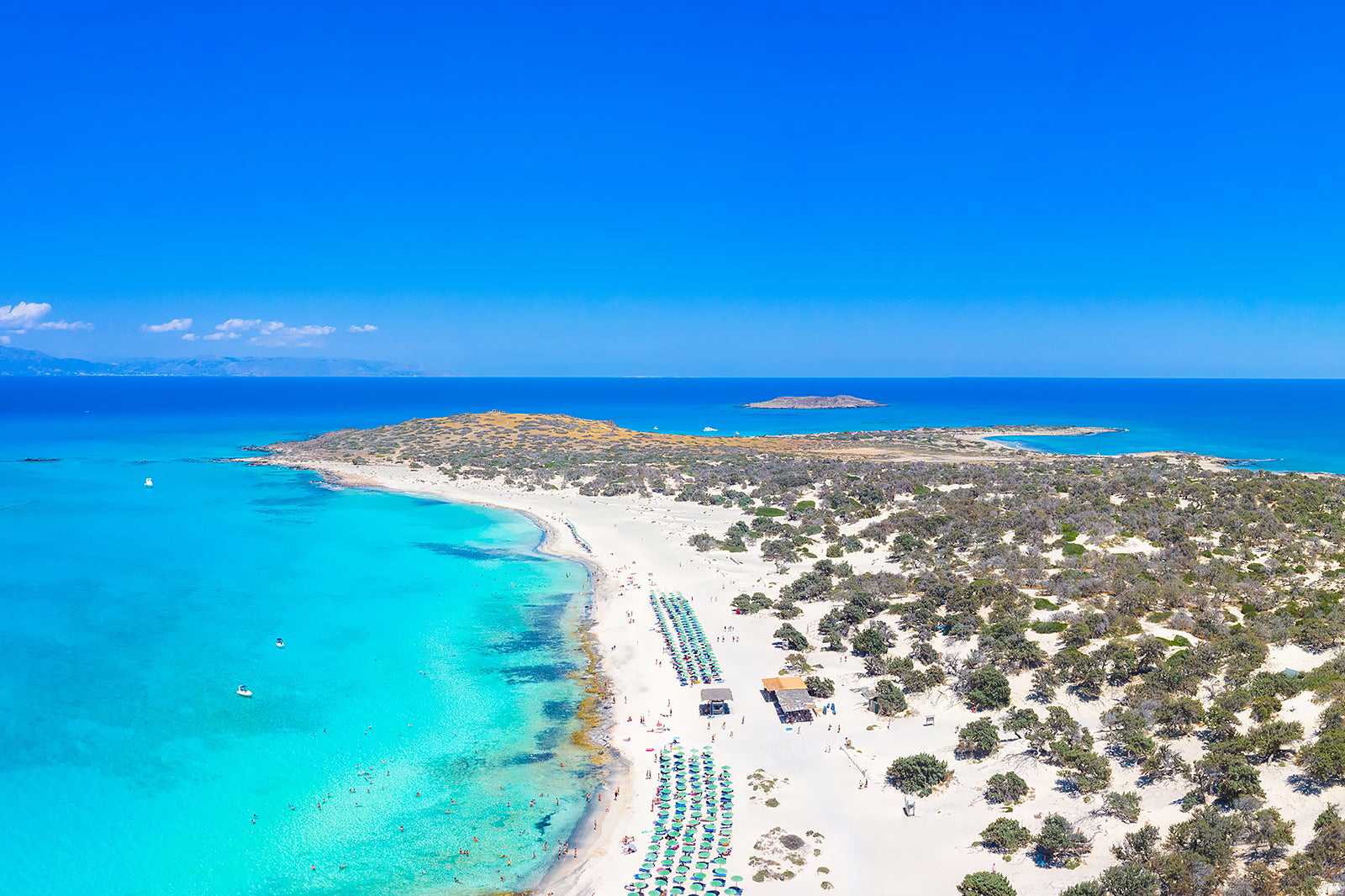
- Cặp đôi
- Ảnh
Chrissi is a very clean, natural escape where you can find turquoise seas and slightly pinkish sand. The colour comes from the plentiful crushed seashells. The northern shore is home to Golden Beach, where you'll find plenty of sun loungers and parasols waiting for you.
Inland, there are some sandy trails and striking cedar trees, but almost nothing else. If you’re looking for a place to decompress, you could do a lot worse. Boats sail from Ierapetra to Chrissi every day at around 10.30am and return at 5pm. If you're lucky, you might even see some dolphins on the way.
Bản đồ - 3
Koufonisi
Historical ruins and sun-bleached shores
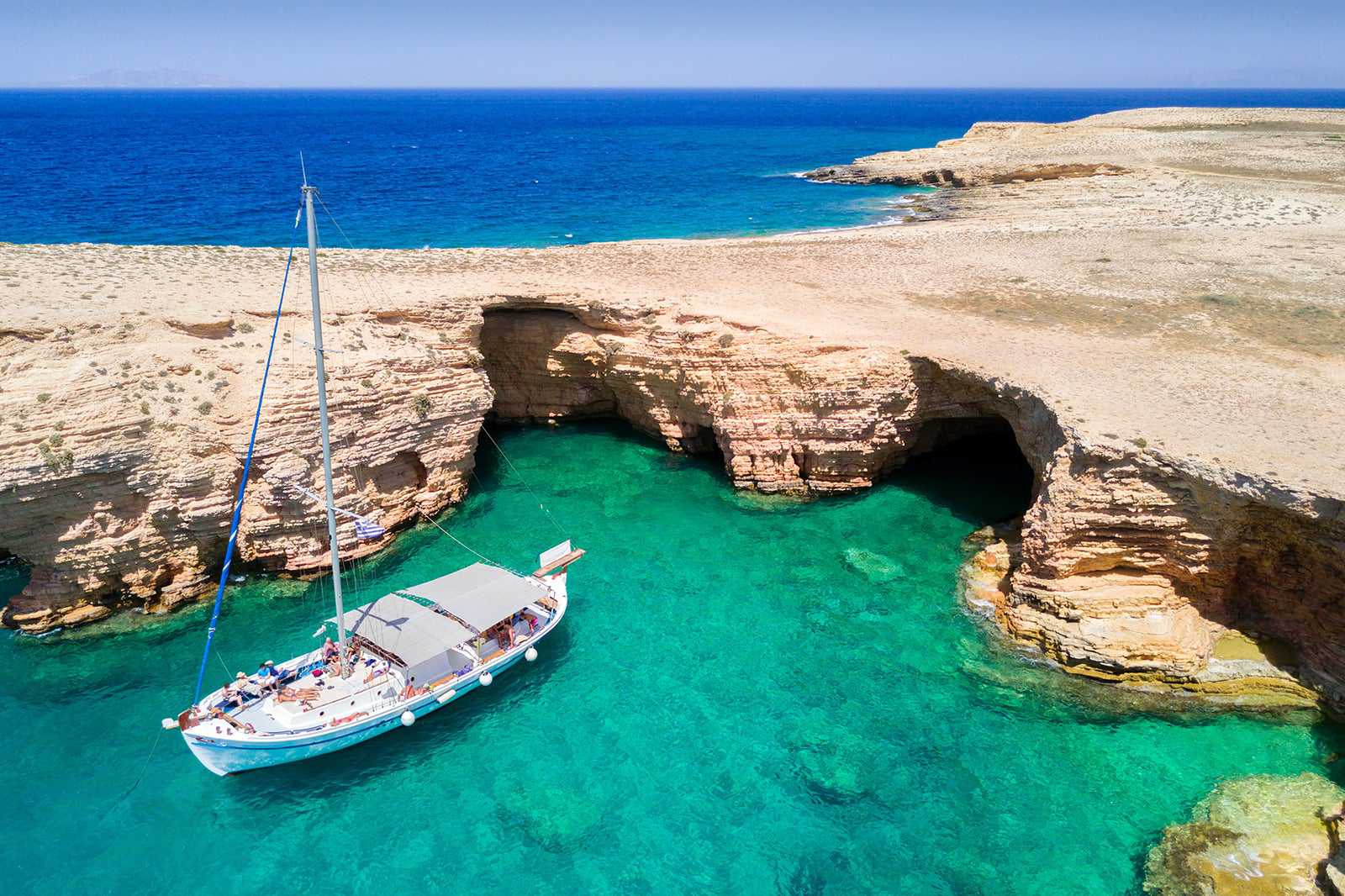
- Lịch sử
- Ảnh
- Độc đáo
Famous for its crystal-clear waters and sandy beaches, Koufonisi has a long history and a rocky, deserted landscape. Once called Lefki, it used to be an important centre for purpura – a red dye made from shells. It was valuable enough to warrant a collection of ancient houses and workshops and a theatre – all well-preserved despite the passing centuries.
As fascinating as this island is and as pleasant as its beaches are, actually reaching Koufonisi is a little bit of a challenge. You will need to hire a private vessel from Makrigialos, especially if you're travelling with family and friends. It's worth noting that there are no trees on the island, meaning no shade. Bring a hat and plenty of sunscreen.
Bản đồ - 4
Dia
The island of Zeus
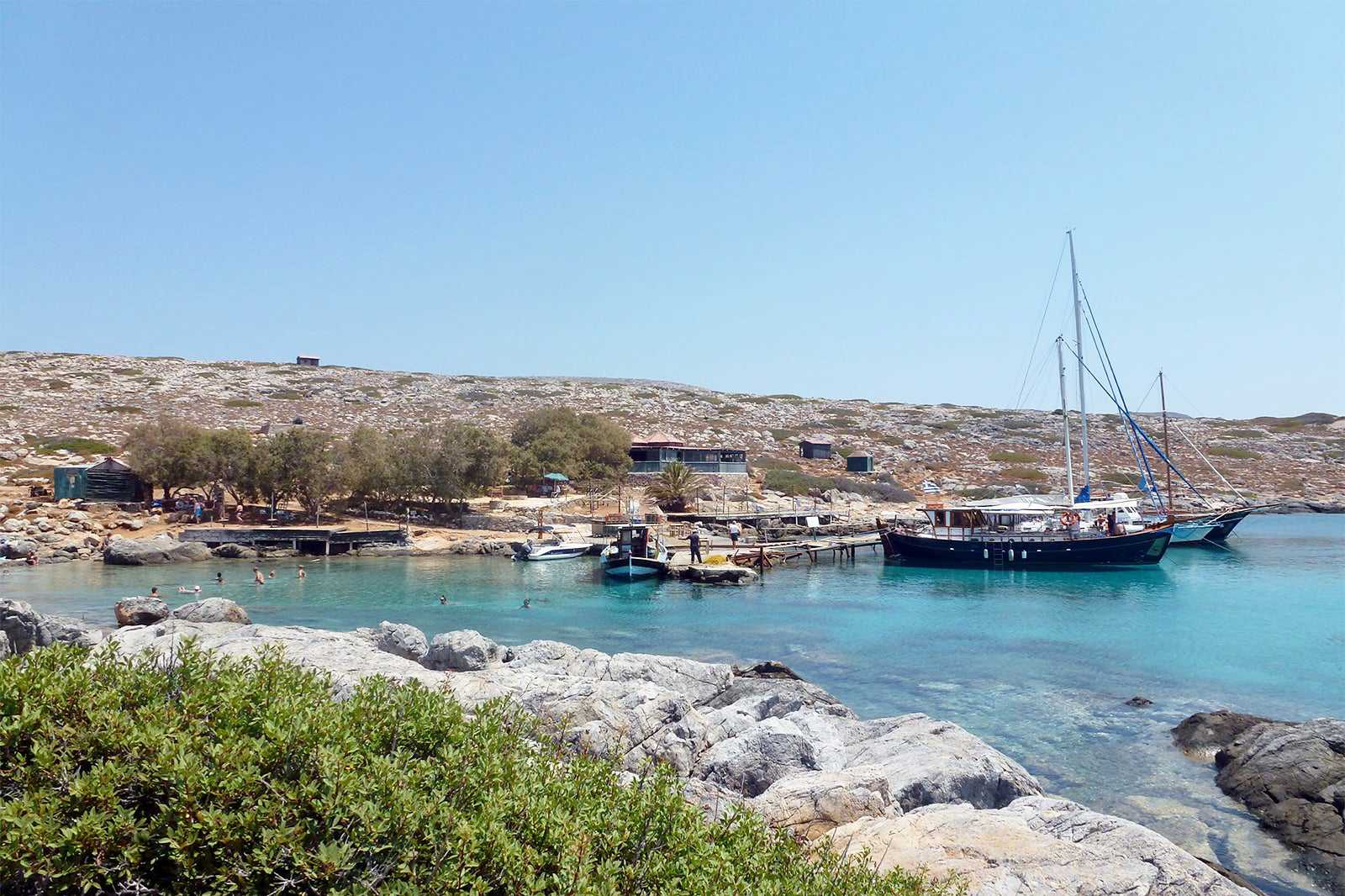
- Lịch sử
- Ảnh
The island of Dia, which is about 11 km off the coast of Heraklion, is a tiny hub of natural beauty. Established as a nature reserve in 2000, you'll find wild rabbits and hawks on land and crystal-clear waters around the coast. Part of the reason for its beautiful condition is the myth that Dia was personally created by Zeus, making it especially revered by ancient Cretans.
It's not all about natural attractions on Dia, though. The blue-roofed church of Holy Ascension can be found on the land and the mysterious Cyclopean walls underwater – a sort of ancient artificial breakwater. You can get to Dia easily by taking one of the daily trips there from Gouves or Heraklion.
Bản đồẢnh của Argymeg (CC BY-SA 4.0) đã điều chỉnh
- 5
Spinalonga
One of Europe’s last leper colonies
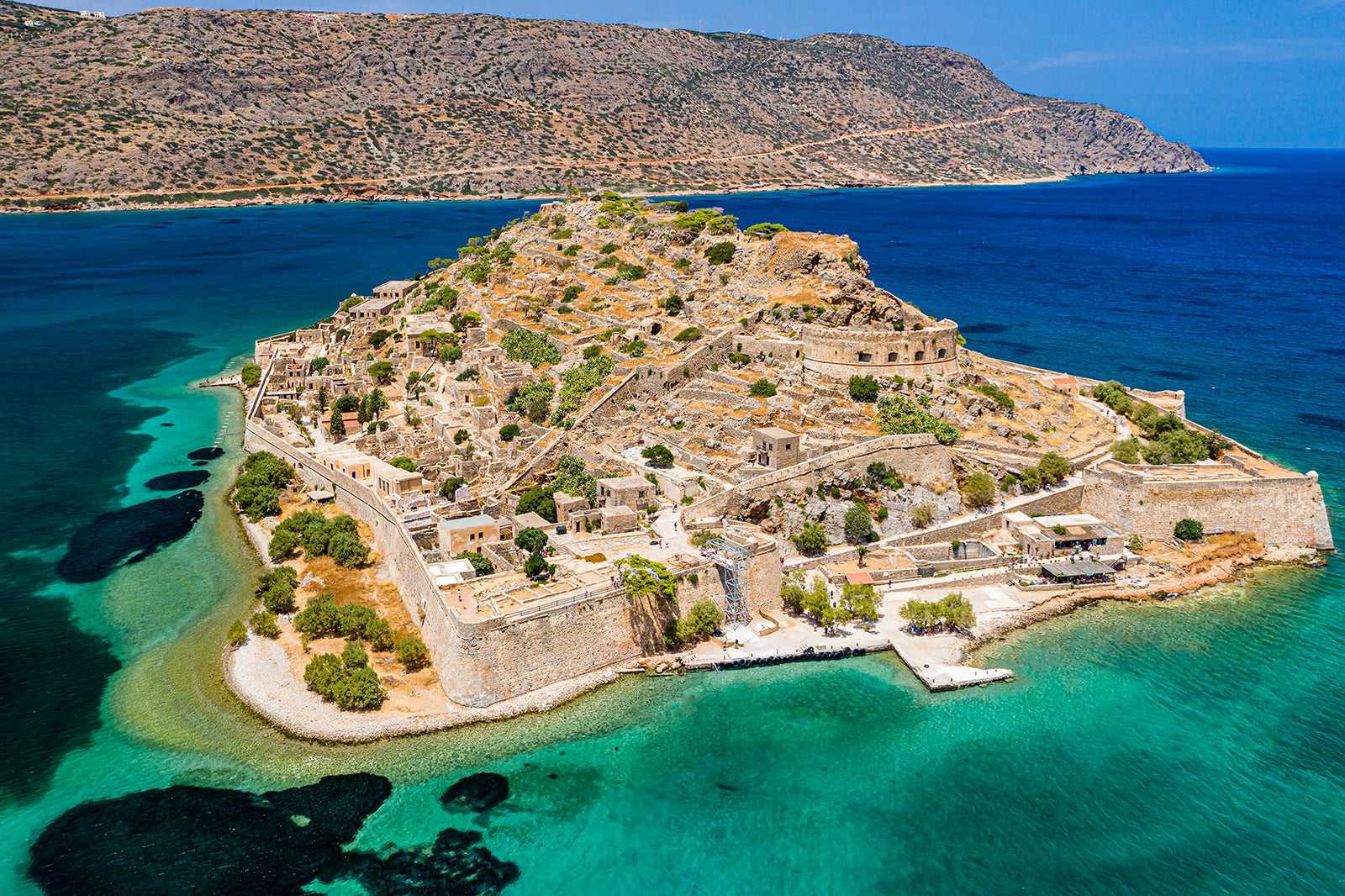
- Lịch sử
- Ảnh
Spinalonga has a fascinating history that makes it a popular attraction in Crete today. Its pebble beaches and shallow seas are certainly a draw, but it's the historical structures that make it unique, including fortifications dating back to the 1580s.
Raided and dominated by Arabs, Venetians and Ottomans across the centuries, it was finally used as a leper colony in the first half of the 20th century. It was one of the last such colonies in Europe, with its last inhabitant leaving in 1962. There's now no permanent population, but daily tours sail to this island from Plaka, Agios Nikolaos and Elounda.
Bản đồ - 6
Elafonissi
Take a walk to this island’s lovely pink beach
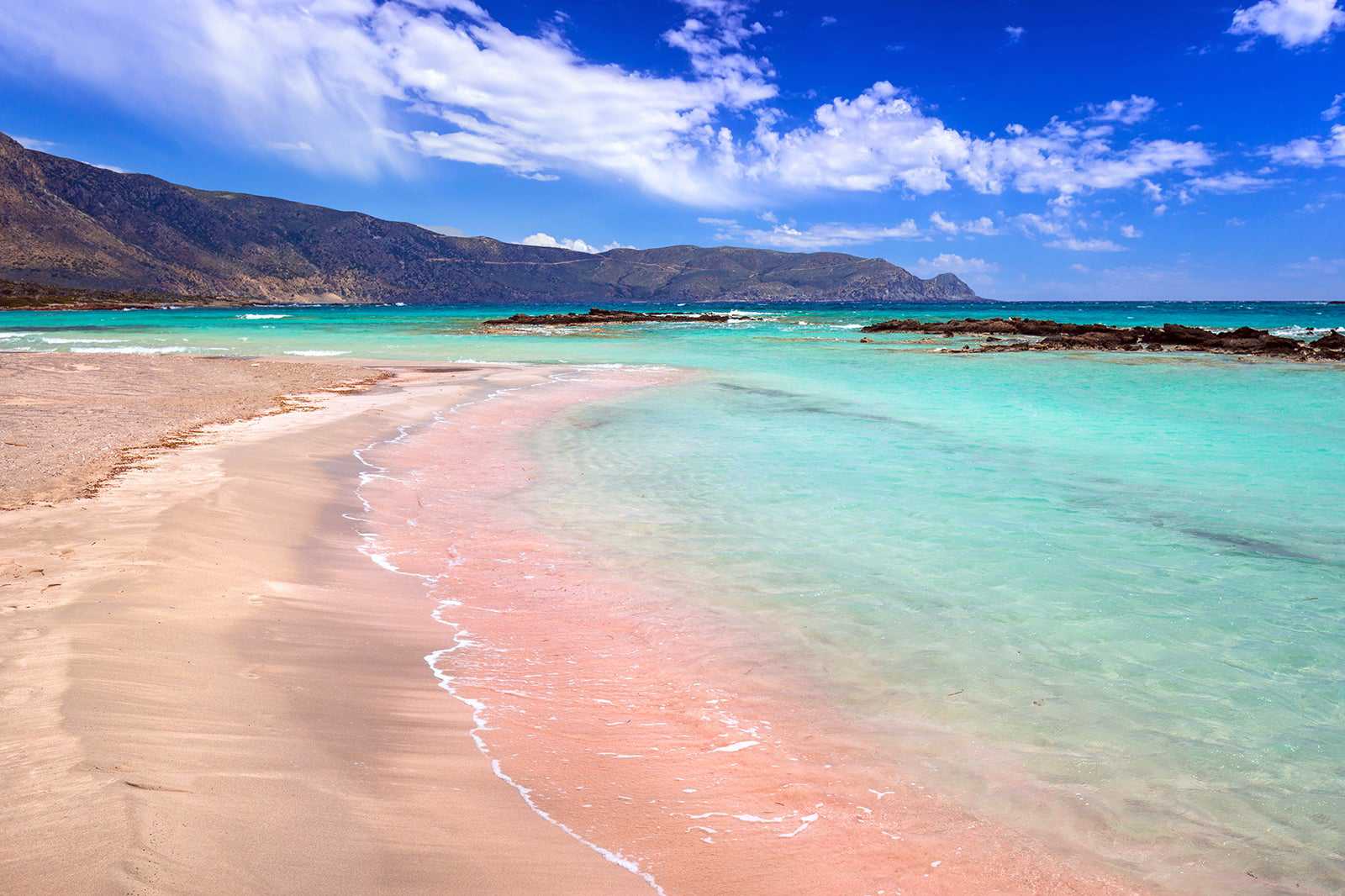
- Lịch sử
- Ảnh
Elafonissi is the closest of the islands around Crete, being less than 100 metres from the larger island. It's even possible to walk across when the tides are right. The island is best known for its pink-sand beaches. Unusually, the colour is a product of colourful microorganisms interacting with the native seaweed.
The island has a history of tragedy, marked by a couple of moving memorials. At the island's highest point is a plaque remembering a massacre in 1824, during the Greek War of Independence. A large wooden cross reminds us of those lost escaping the sinking of a passenger steamer off Elafonissi's cliffs in 1907. The wreck of the steamer is still on the seabed near the island.
Bản đồ - 7
Imeri Gramvousa
Take a swim in a pirate bay

- Lịch sử
- Ảnh
The tiny barren island of Imeri Gramvousa, just off the northwest coast of Crete, is worth a visit for its picturesque bay alone. There are daily sailings directly into the bay from Kissamou Marina. There's a small bar on the beach where you can get snacks and drinks.
The wreck of a small motor ship marks the eastern boundary of the bay, opposite the jetty, and is also worth a look. From the bay, follow the path up 137 metres to the hilltop to the west of the bay to reach the Venetian fort, built from around 1579 and, at one point, used as a base by pirates. The view from up here is fantastic.
Bản đồ - 8
Pseira
Paddle around a historical harbour
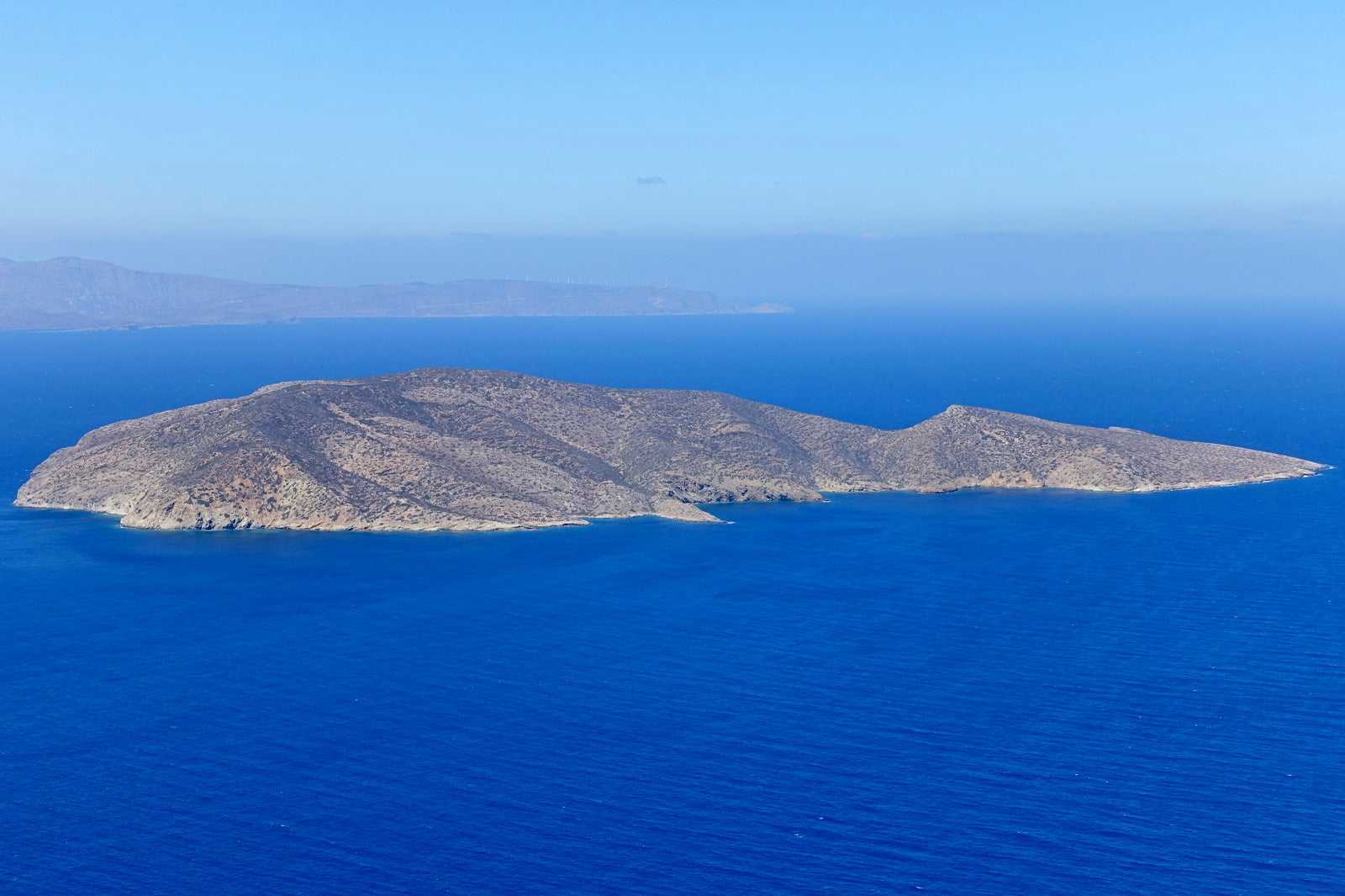
- Mạo hiểm
- Lịch sử
- Ảnh
The island of Pseira in the Mirabello Bay is a great destination for kayaking. The rugged landscape has few noteworthy beaches, but as a sightseeing destination, it has a lot to offer. Located off Crete’s northern coast, getting to the island requires a 3.2-km-long paddle across open water. As strong winds are common, it's essential to have a fairly good skill at kayaking.
On land, Pseira has a wealth of archaeological attractions, especially those belonging to the Minoan civilisation. The ancient harbour on a small peninsula on the southern side of the island is especially remarkable.
Bản đồẢnh của Olaf Tausch (CC BY 3.0) đã điều chỉnh
- 9
Antikythera
A birdwatcher’s dream

- Lịch sử
- Ảnh
The island of Antikythera lies between Crete and Kithira. It has a tiny resident population of humans but a massive migratory population of birds. Birdwatchers will find the world's largest colony of Eleonora's falcons and massive amounts of birds passing through on their way to and from warmer climes.
If birds aren't your thing, you might find the island's history more interesting. You can see the remains of a pirate fort dating from around the 4th century BC atop a cliff in the northeast of the Antikythera. And that’s just the beginning of the ancient sights to see. The island most famously revealed the Antikythera mechanism – arguably the world's oldest computer.
Bản đồ - 10
Paximadia
Find hidden beaches worthy of the gods

- Ảnh
- Độc đáo
The Paximadia islands are often viewed as a single island because they are so close together. You'll sometimes hear locals call them "Elephant" because, from a distance, the 2 islands do look a bit like an elephant lying down. There are some tiny, beautiful, little-known beaches on the smaller, easternmost of the islands, which you can get to by taking a boat from Kokkinos Pirgos or Agia Galini.
The larger of the Paximadia has a strikingly rugged look, but not much in the way of attractions. However, it does have an important place in Greek mythology. It's believed to be the birthplace of the god Apollo and the goddess Artemis.
Bản đồ
